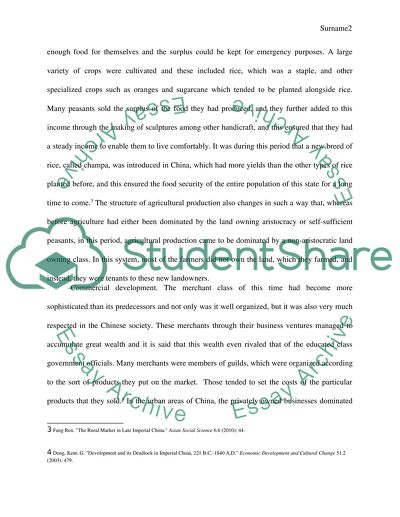China (1000-1600CE) economic Research Paper Example | Topics and Well Written Essays - 1000 words. Retrieved from https://studentshare.org/history/1458241-china
China (1000-1600CE) Economic Research Paper Example | Topics and Well Written Essays - 1000 Words. https://studentshare.org/history/1458241-china.


